Sheared off sheep and camels and yaks, brushed and processed to make us feel like we are wearing a fluffy cloud, wool is often a luxury that is way too expensive for most of us. And it is at such times that fleece comes to our rescue.
The synthetic alternative of wool-the lighter, warmer, quick drying, biodegradable and affordable fleece is indeed a boon for every shopper out there.
If you have ever gone winter shopping and hurried through the winter essentials, you must definitely have come across a gazillion types of fleece.
You must have wondered what exactly is the difference between regular fleece and polar fleece or must have even just assumed that all these are just one and the same.
Well fleece and polar fleece are not the same. Actually there are distinct types of fleece with unique properties. Read on to know more.
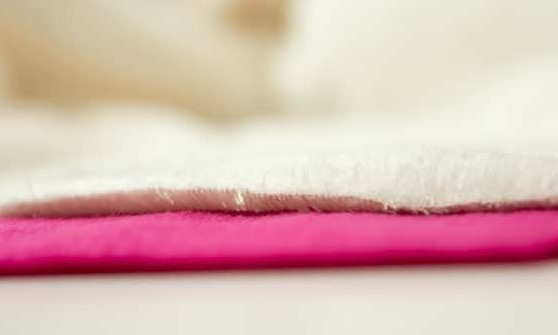
Difference between fleece and polar fleece?
Fleece is a synthetic alternative for wool. It is but the general term used to denote a warm and soft fabric that is worn in winters. Fleece is often used to make linings of clothes and can even be used as a stand alone fabric.
There are indeed quite a lot of varieties among fleece, depending upon the material used to manufacture it and the distinct properties they possess. Polar fleece is one type of fleece and is probably the most common one as well.
When a product is merely labelled as made from “fleece”, there is a high probability that the clothing is made of polar fleece. Even though technically the two are not the same, they are often used synonymously in colloquial usage.
Types of fleece
The first thought that might pop up in your head when you hear fleece might probably be the fleece of sheep but when it comes to fabrics, fleece is a man-made soft, fuzzy fabric.

Even though it mimics the softness and warmth of fur, it is made up of chemicals blended together to provide the desired qualities of wool.
There are indeed way too many varieties of fleece available in the market. There are eleven common types, namely, Anti Pill, Blizzard, Bonded, Cotton, French Terry, Microfleece, Plush, Polar, Polyester, Sherpa and Spandex/Lycra.
1.) Anti pill fleece
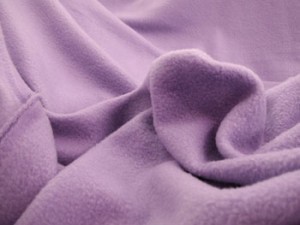
Anti pill fleece is chemically treated fleece that is designed specifically to prevent pilling. The fleece do not get tangled easily and is suitable for making sleepwear and pyjamas that require regular washing.
2.) Blizzard fleece
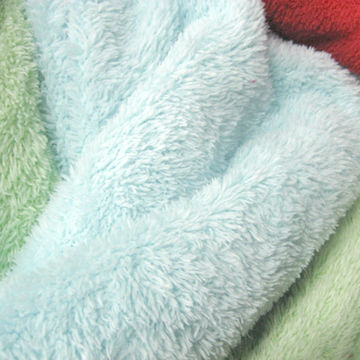
Blizzard fleece is softer, smoother and feels great against the skin. It is extremely durable and is used in blanket, scarves and gloves.
3.) Bonded fleece
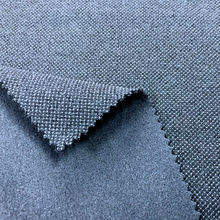
It is a fleece that is bonded to another fabric, as a lining, or it can mean two layers of fleece bonded together for a double side effect. Bonded fleece can be seen in linings of jackets and in plaid shirts.
4.) Cotton fleece
As the name implies, it is the fleece made of cotton.
5.) French Terry fleece

It is a very thin, stretchy and breathable fleece that can be worn in winters as well as summers. It is used in making lounge wear, tshirts, shorts, hoodies etc.
6.) Microfleece
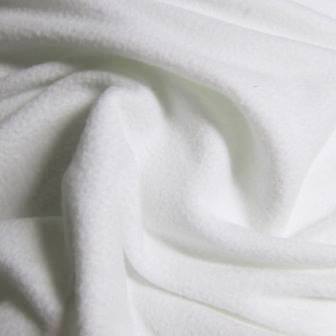
It is the thinnest and most lightweight fleece and is not really that insulating. Therefore it is used in activewear, bathrobes etc.
7.) Plush fleece
It is the super soft, fluffy and luxurious fleece that is used to make heavy blankets.
8.) Polar fleece

Polar fleece is the most popular and durable fleece that is commonly used in the garment industry.
9.) Polyester fleece
Polyester fleece is made of Polyester and is used in mittens, hats, jackets, scarves etc.
10.) Sherpa fleece

This type of fleece is the one that greatly resembles the wool of a sheep in appearance and texture.
11.) Spandex/Lycra
This is a stretchy fleece that is specially designed to make form fitting garments.
Pros and cons of polar fleece
Pros:
1.) Durable
Polar fleece is probably the most durable type of fleece available in the market.
2.) Warmth
Polar fleece provides great warmth and is a very good choice for winters
3.) Different thickness
Polar fleece comes in a variety of thicknesses, therefore it can be used in different ways in different clothing elements.
4.) Repels water
Polar fleece is water resistant and will keep you dry even during snowy winters
5.) Quick drying
Even after it is soaked in water, polar fleece can dry up very quickly. Drying polar fleece in winters is therefore an easy task
6.) Can retain insulation property even when wet
Even when the fabric is wet, polar fleece can retain its insulation property and keep you warm.
7.) Machine washable
Polar fleece is a machine washable fabric
8.) Good for people who are allergic to wool
If a person is allergic to wool, polar fleece is a perfect alternative during winters.
Cons
1.) Accumulation of lint
Polar fleece generates static electricity which accumulates lint, dirt and pet hair on the fabric
2.) Bad for environment
Since polar fleece is a synthetic fiber and is therefore a plastic, it is non-biodegradable and can cause harm to nature.
3.) Low melting point
Since it is a plastic and has low melting point, the fabric can be damaged when washing, dried or ironed at high temperatures.
4.) Traps odors
Polar fleece can trap odors and therefore the sweaty stench will most probably remain even after repeated washing.
When is polar fleece used?
Polar fleece and fleece are often used synonymously and almost every fleece fabric used in the manufacturing of pieces of clothing is most probably polar fleece.
Polar fleece is available in different thicknesses and the thickness is measured using weight in grams per square metre.
The common weights available are 100, 200 and 300. 300 is the heaviest and warmest of the bunch.
Polar fleece is used in making jackets, sweaters, tshirts, shirts, hoodies, scarves, mittens, socks etc.
Is polar fleece the best choice for winter?
When compared to the other types of fleece available in the market, polar fleece is indeed the perfect choice for winters.
Polar fleece is very warm, stylish and affordable. It will protect you from the biting cold while helping you make a fashion statement.
They are not that well suited to wear while working outdoors as they can be really heavy and stiff.
So hikers and laborers would benefit more from opting the lightweight Microfleece, but it can be a bit expensive.
If you are looking for a comfortable, warm and pocket friendly alternative to wool, polar fleece will undoubtedly be the best choice for you.
See also: Will Polar Fleece Shrink When Washed?
How to take care of fleece?
1.) When you buy clothes carefully check the labels for instructions and specifications. Find out what type of fleece is used and care for it accordingly.
2.) Turn your fleece clothing inside out before washing them to prevent pilling.
3.) Wash your fleece clothes in cold water
4.) Avoid using bleach or fabric softener
5.) Do not wash along with clothes that produce lint
6.) Tumble dry on low heat







